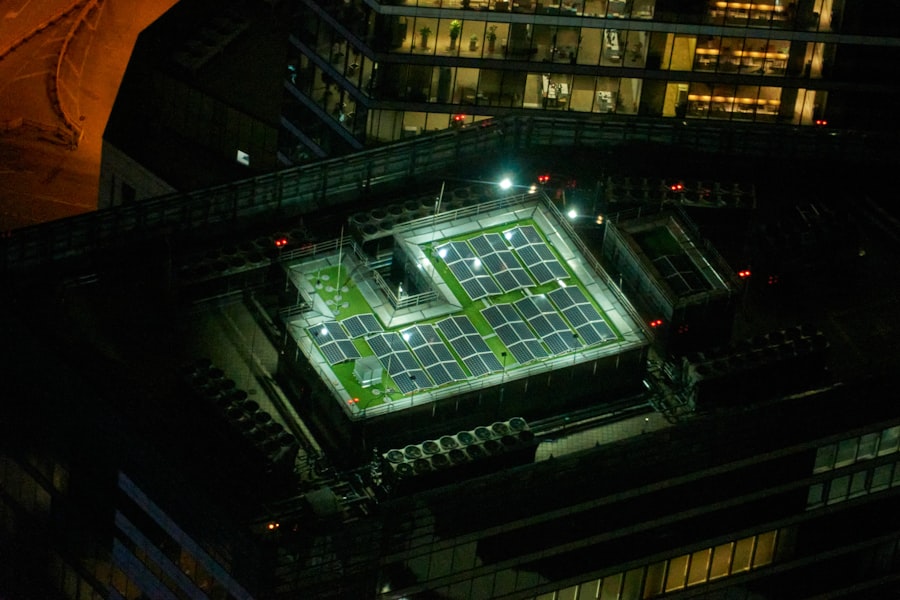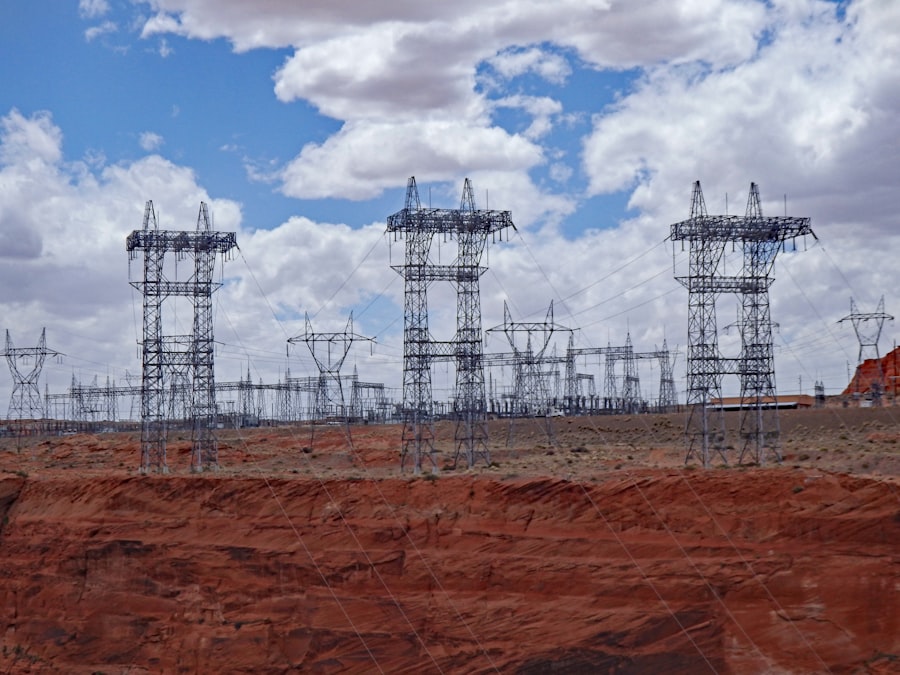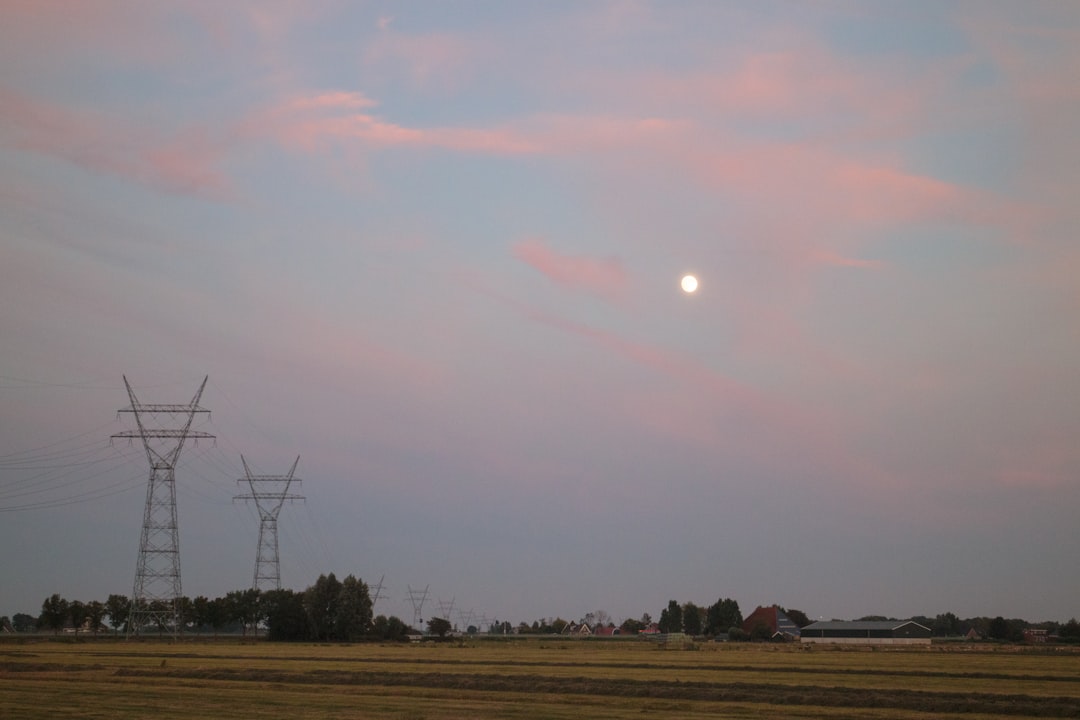The concept of a lunar power grid has emerged as a pivotal element in the broader vision of sustainable human presence on the Moon. As nations and private entities set their sights on lunar exploration and potential colonization, the establishment of a reliable energy infrastructure becomes paramount. This lunar power grid would not only support scientific research and exploration but also serve as a foundation for future endeavors, including potential habitation and resource extraction.
The Moon’s unique environment presents both opportunities and challenges, necessitating innovative approaches to energy generation, storage, and distribution. The development of a lunar power grid is not merely a technical challenge; it embodies a significant leap in humanity’s ability to harness extraterrestrial resources. Solar energy, in particular, is a prime candidate for lunar power generation due to the Moon’s long periods of sunlight and the absence of atmospheric interference.
However, the successful implementation of such a grid requires careful planning and consideration of various factors, including security, sustainability, and international cooperation. As the world stands on the brink of a new era in space exploration, the importance of establishing a secure and efficient lunar power grid cannot be overstated.
Key Takeaways
- The development of a lunar power grid is crucial for sustainable energy supply on the moon.
- Securing the lunar power grid is important to ensure uninterrupted energy supply for future lunar missions and settlements.
- Challenges in securing lunar power grid development include extreme environmental conditions and potential cyber threats.
- International collaboration is essential for the security of the lunar power grid, involving space agencies and private entities.
- Cybersecurity risks can be mitigated through encryption, authentication, and regular security audits, while physical security measures include robust infrastructure and monitoring systems.
Importance of Securing the Lunar Power Grid
Securing the lunar power grid is essential for several reasons, primarily revolving around the safety and reliability of energy supply for future lunar missions. A robust power grid will be critical for sustaining human life on the Moon, powering habitats, scientific instruments, and life support systems. Any disruption in energy supply could jeopardize missions and endanger lives, making security a top priority.
Furthermore, as various nations and private companies engage in lunar activities, the potential for competition and conflict increases, underscoring the need for a secure infrastructure that can withstand both natural and human-made threats. Moreover, securing the lunar power grid is vital for fostering international collaboration in space exploration. A well-protected energy infrastructure can serve as a platform for cooperative ventures among nations, allowing them to share resources and knowledge while minimizing risks associated with competition.
By establishing a secure framework for energy distribution on the Moon, stakeholders can work together to address common challenges, such as resource management and environmental protection. This collaborative approach not only enhances the safety of lunar operations but also promotes peaceful coexistence in an increasingly crowded space environment.
Challenges in Securing Lunar Power Grid Development

The development of a secure lunar power grid is fraught with challenges that must be addressed to ensure its success. One of the primary obstacles is the harsh lunar environment itself. The Moon’s extreme temperatures, radiation levels, and dust storms pose significant risks to infrastructure.
Equipment designed for use on Earth may not withstand these conditions without substantial modifications. Engineers and scientists must innovate to create resilient systems capable of operating effectively in this unforgiving landscape. In addition to environmental challenges, there are also technical hurdles related to the integration of various energy sources and storage solutions.
The lunar power grid will likely rely on solar energy as its primary source, but fluctuations in sunlight due to the Moon’s rotation and potential obstructions from lunar terrain complicate energy generation. Developing efficient energy storage systems that can provide a continuous power supply during periods of darkness is crucial. Furthermore, ensuring that the grid can accommodate contributions from multiple stakeholders—each with their own technologies and standards—adds another layer of complexity to the development process.
International Collaboration in Lunar Power Grid Security
| Country | Collaboration Level | Security Measures |
|---|---|---|
| USA | High | Encryption, Authentication |
| China | Medium | Firewall, Intrusion Detection |
| Russia | Low | Access Control, Data Encryption |
International collaboration is essential for addressing the multifaceted challenges associated with securing the lunar power grid.
Collaborative efforts can lead to standardized protocols for energy generation, distribution, and security measures that benefit all parties involved.
By working together, nations can leverage their unique strengths and expertise to create a more resilient lunar power infrastructure. Moreover, international partnerships can help mitigate geopolitical tensions that may arise from competing interests on the Moon. By fostering dialogue and cooperation among nations, stakeholders can establish agreements that prioritize peaceful exploration and shared benefits from lunar resources.
Such collaboration not only enhances security but also promotes a sense of global unity in humanity’s quest to explore outer space. As countries navigate the complexities of lunar power grid development, embracing international cooperation will be crucial for ensuring long-term success.
Cybersecurity Risks and Solutions for Lunar Power Grid
As with any modern infrastructure, cybersecurity poses significant risks to the lunar power grid. The increasing reliance on digital technologies for energy management makes it vulnerable to cyberattacks that could disrupt operations or compromise sensitive data. Given the strategic importance of lunar resources, malicious actors may target the power grid to gain leverage or disrupt missions.
Therefore, implementing robust cybersecurity measures is essential to protect against potential threats. To address these risks, stakeholders must adopt a proactive approach to cybersecurity by investing in advanced technologies and practices. This includes employing encryption techniques to safeguard data transmission, implementing multi-factor authentication for access control, and conducting regular security audits to identify vulnerabilities.
Additionally, fostering a culture of cybersecurity awareness among personnel involved in lunar operations is crucial for minimizing human error—a common factor in many cyber incidents. By prioritizing cybersecurity from the outset, stakeholders can build a resilient lunar power grid capable of withstanding evolving threats.
Physical Security Measures for Lunar Power Grid Infrastructure

In addition to cybersecurity concerns, physical security measures are vital for protecting lunar power grid infrastructure from potential threats. The remote nature of the Moon presents unique challenges in terms of surveillance and response capabilities. Therefore, designing facilities with built-in security features is essential to deter unauthorized access or sabotage.
This may include reinforced structures capable of withstanding impacts from micrometeorites or other debris. Moreover, establishing monitoring systems that utilize advanced technologies such as drones or robotic sentinels can enhance physical security by providing real-time surveillance of critical infrastructure. These systems can detect anomalies or intrusions promptly, allowing for rapid response measures to mitigate potential threats.
Additionally, collaboration with international partners can facilitate joint security initiatives that enhance overall protection for shared assets on the Moon. By combining resources and expertise, stakeholders can create a comprehensive security strategy that addresses both physical and cyber threats.
Regulatory Framework for Securing Lunar Power Grid Development
A robust regulatory framework is essential for guiding the development and security of the lunar power grid. As various nations pursue their interests on the Moon, establishing clear guidelines and standards will help ensure that all activities are conducted safely and responsibly. This framework should encompass aspects such as environmental protection, resource management, and security protocols to create a cohesive approach to lunar operations.
International agreements will play a crucial role in shaping this regulatory landscape. Treaties such as the Outer Space Treaty provide foundational principles for space exploration but may require updates to address contemporary challenges related to resource utilization and security. Engaging stakeholders from diverse sectors—including governments, private companies, and scientific organizations—will be vital in crafting regulations that reflect shared values and priorities.
By fostering an inclusive dialogue around regulatory issues, stakeholders can work towards creating a framework that promotes sustainable development while safeguarding lunar resources.
Role of Space Agencies in Securing Lunar Power Grid Development
Space agencies play a pivotal role in securing the development of the lunar power grid through their expertise in space exploration and technology development. Organizations such as NASA, ESA (European Space Agency), and others are at the forefront of research aimed at understanding the Moon’s environment and developing technologies suitable for its unique conditions. Their experience in managing complex missions equips them with valuable insights into best practices for ensuring safety and security in lunar operations.
Furthermore, space agencies can facilitate international collaboration by serving as neutral platforms for dialogue among nations pursuing lunar exploration. By organizing joint missions or research initiatives focused on energy infrastructure development, these agencies can foster cooperation while sharing knowledge and resources. Additionally, their involvement in establishing regulatory frameworks can help ensure that all stakeholders adhere to agreed-upon standards for safety and security on the Moon.
Environmental and Space Debris Concerns for Lunar Power Grid Security
Environmental considerations are paramount when developing a lunar power grid, particularly regarding space debris management. The accumulation of debris poses significant risks not only to operational spacecraft but also to ground-based infrastructure on the Moon. As more entities engage in lunar activities—ranging from exploration missions to resource extraction—the likelihood of collisions with debris increases, potentially jeopardizing critical energy infrastructure.
To mitigate these risks, stakeholders must prioritize sustainable practices that minimize debris generation during construction and operation phases. This includes designing systems that are easily decommissioned or repurposed at the end of their operational life cycle. Additionally, implementing monitoring systems capable of tracking debris trajectories will enable proactive measures to avoid potential collisions with infrastructure components.
By addressing environmental concerns holistically, stakeholders can enhance the resilience of the lunar power grid while safeguarding its long-term viability.
Future Prospects and Innovations in Securing Lunar Power Grid Development
Looking ahead, innovations in technology will play a crucial role in securing the lunar power grid’s development. Advances in materials science may lead to the creation of more durable components capable of withstanding harsh lunar conditions while minimizing maintenance needs. Furthermore, developments in energy storage technologies—such as advanced batteries or fuel cells—could enhance the reliability of power supply during periods without sunlight.
Additionally, emerging technologies such as artificial intelligence (AI) could revolutionize how stakeholders manage energy distribution on the Moon. AI-driven systems could optimize energy usage based on real-time demand while identifying potential vulnerabilities within the grid’s infrastructure. By harnessing these innovations, stakeholders can create a more secure and efficient lunar power grid that supports sustainable human presence on the Moon.
Conclusion and Recommendations for Securing Lunar Power Grid Development
In conclusion, securing the development of a lunar power grid is an intricate endeavor that requires careful consideration of various factors ranging from environmental challenges to cybersecurity risks. As humanity embarks on this new frontier in space exploration, prioritizing security measures will be essential for ensuring safe operations on the Moon. International collaboration among nations will be vital in addressing shared challenges while fostering peaceful coexistence in an increasingly crowded space environment.
To enhance security further, stakeholders should invest in advanced technologies that bolster both physical and cyber defenses while establishing clear regulatory frameworks guiding lunar activities. By embracing innovation and fostering cooperation among diverse entities involved in lunar exploration—ranging from government agencies to private companies—stakeholders can work towards creating a resilient energy infrastructure that supports humanity’s aspirations beyond Earth. Ultimately, securing the lunar power grid is not just about protecting assets; it represents a commitment to responsible stewardship of extraterrestrial resources while paving the way for future generations to explore new horizons beyond our planet.
In recent years, the development of a lunar power grid has become a focal point for space exploration agencies and private companies alike, as they seek to establish a sustainable energy source for future lunar missions. A critical aspect of this endeavor is ensuring the security and resilience of these power systems against potential threats, both terrestrial and extraterrestrial. For a deeper understanding of the challenges and innovations in this field, you can explore a related article on the topic by visiting this page. This article delves into the technological advancements and strategic measures being implemented to safeguard lunar infrastructure, highlighting the importance of international collaboration in this ambitious venture.
WATCH THIS! 🚀 Why The Moon Is The Next Battlefield: The Geopolitics of Cislunar Space
FAQs
What is a lunar power grid?
A lunar power grid is a system of interconnected solar panels and energy storage units on the surface of the moon, designed to capture and store solar energy for use in powering lunar habitats and equipment.
Why is there a need for a lunar power grid?
As humans continue to explore and potentially establish a presence on the moon, there is a need for sustainable and reliable sources of power. A lunar power grid would provide the necessary energy for life support systems, scientific research, and other activities on the moon.
How would a lunar power grid be developed?
The development of a lunar power grid would involve sending equipment and materials to the moon to construct and install solar panels, energy storage units, and the necessary infrastructure for transmitting and distributing power across the lunar surface.
What are the security considerations for a lunar power grid?
Security for a lunar power grid would involve protecting the infrastructure from potential damage or interference, whether from natural phenomena such as meteorite impacts or from intentional sabotage or cyber attacks. Ensuring the security of the power grid would be essential for maintaining the safety and functionality of lunar habitats and operations.
What are the potential benefits of a lunar power grid?
A lunar power grid would provide a sustainable and renewable source of energy for lunar activities, reducing the need to transport fuel from Earth and minimizing the environmental impact of human presence on the moon. It would also support long-term exploration and potential colonization efforts.
